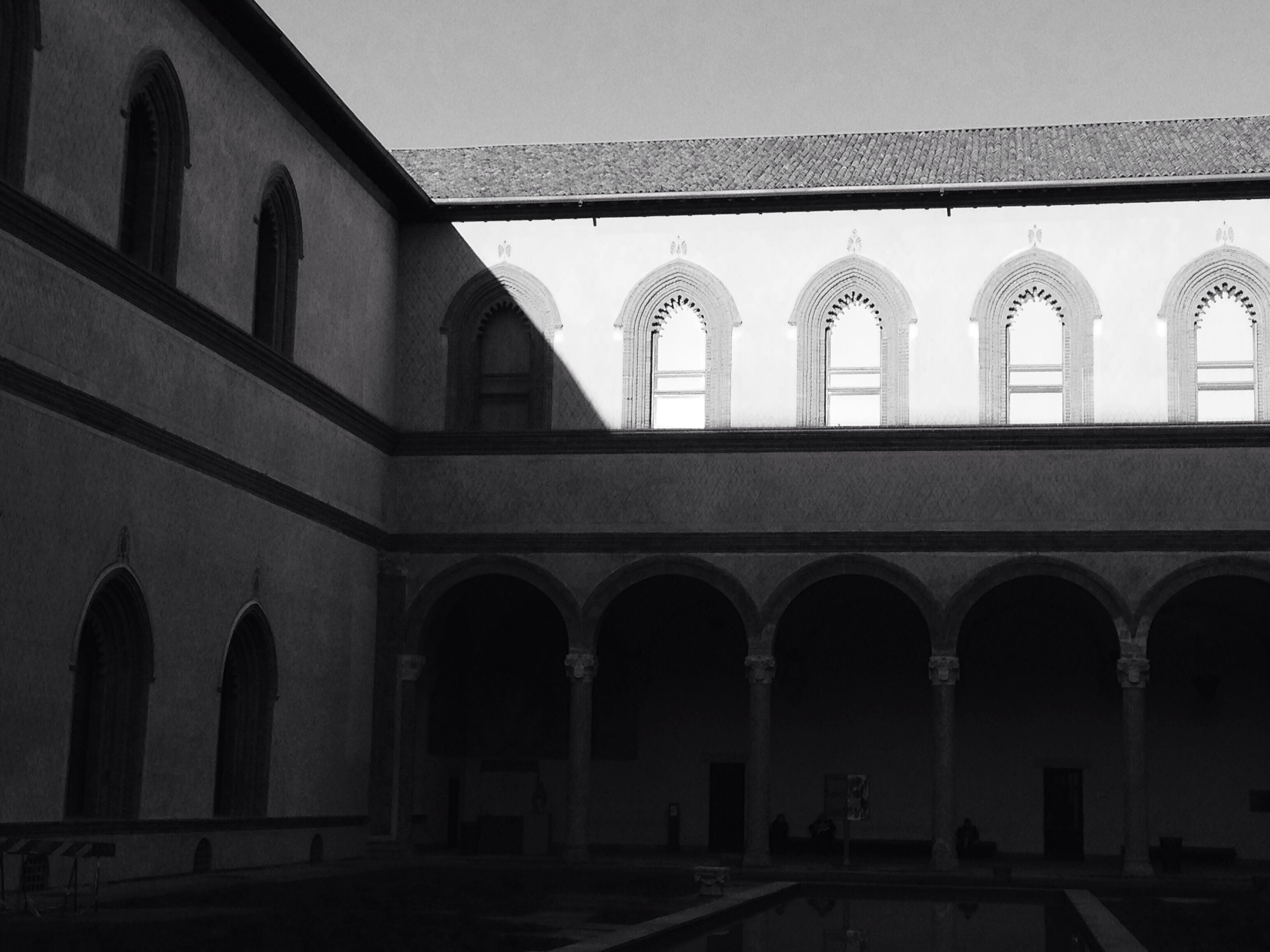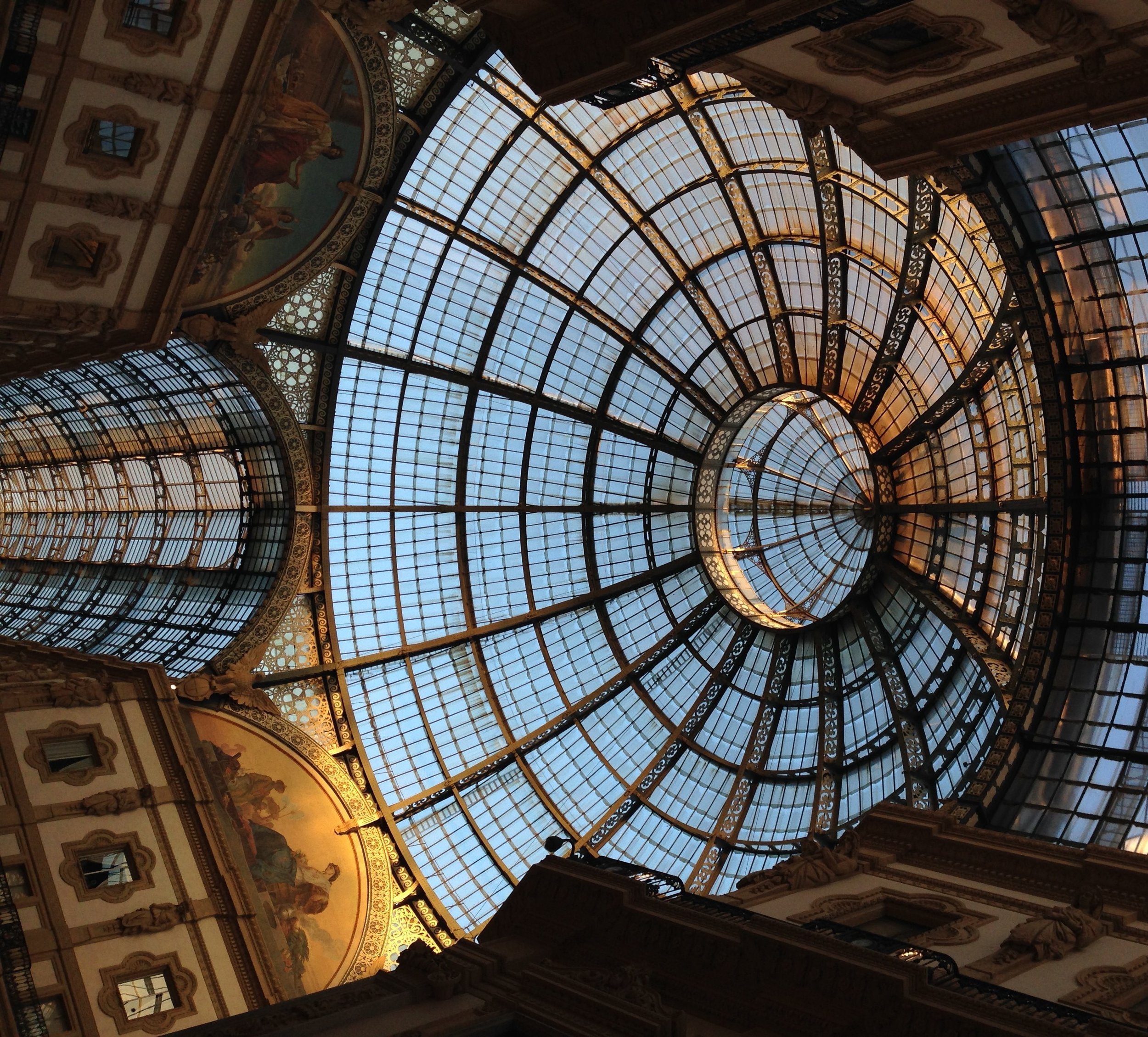NEXT GENERATION ASSEMBLY 2016
The Fifth International Workshop on Luxury Retail, Operations and Supply Chain Management

Last week I had the privilege to take part in the Next General Assembly at the Fifth International Workshop of Luxury Retail, Operations and Supply Chain Management at the renowned Politecnico University of Milan. The conference brought together a selection of MA students, academics and renowned industry practitioners from around the world in order to discuss the challenges and sollutions of innovation, sustainability and e-commerce within the luxury sector. Luxury faces many threats within these three realms, and solutions need to be implemented immediately for the sake of, not only maintaining a global reputation of excellence and relevance, but in improving standards of human rights and preserving our natural finite resources.
But before I get into what was discussed and propsed through this collaboration of the minds, we need to first address what is luxury? This seemingly simple question was asked at the very start of the conference by event organiser, Professor Alessandro Brun who outlined what does luxury mean today. Well, I can tell you one thing...luxury is hard to define.
luxury |ˈlʌkʃ(ə)ri| noun [mass noun]: a state of great comfort or elegance, especially when involving great expense: he lived a life of luxury.
• [count noun] an inessential, desirable item which is expensive or difficult to obtain: luxuries like chocolate, scent, and fizzy wine.
• [in singular] a pleasure obtained only rarely: they actually had the luxury of a whole day together.
Now this very official definition has many problems - Is the $1,000 Vetements shirt stating “You F**k’n A**hole” elegant? Or the HBA backwards cowboy boots comfortable? Is buying the new Prada bag rare or difficult to obtain now that you can buy it immediately anywhere online? Or what about See-now but-now where you can immediately purchase off the runway? Prof. Brun stated that luxury has completed evolved and shifted it’s meaning within western countries:
- Opulence has become excellence
- Loudness is now intensity
- Visibility is now hidden
- The object is now about the experience
- What was once a status symbol is now a style symbol
- the total look is about mix and matching
- passive luxury needs to be proactive
While the definition and the state of luxury is subjective, we all agreed that to be of true luxury you have to be built on heritage, tradition, and fine craftsmanship and exceptional service. Those elements may be interpreted any way you find fit, but the element of the story needs to be there and that underlines the point of why the mere object is now about the experience. Everyone can produce a beautiful bag, but walking into a luxury brand’s own cafe, hotel, secret bar that represents a story…now that’s luxury! The conclusion of this opening lecture introduced the challenges (and consequently opportunities) facing luxury and in response Prof. Brun stated you cannot create new needs… but you can influence taste!

The next few days followed with stimulating research findings triggering discussion. My personal favourite key note presentations were: Techno-rarity: luxury, technology and the Internet of Things presented by Prof. Matteo Montecchi, Luxury fashion brand repositioning from a strategy perspective by Antoinette Fionda-Douglas, and Vogue or Vague? The hindrances of sustainability inclusion in fashion supply networks by Hakan Karaosman & Alessandro Brun.
Prof. Montecchi of LCF ended his presentation with an interesting question and dilemma for innovation within luxury: You have innovation on one hand- so new technology, changing all of the time very very rapidly- and then on the other hand luxury. Luxury which in many cases means timeless, heritage and craftsmanship. But between those two you have time. If you apply cutting edge innovation to your luxury product, over time it will become irrelevant, passé, and as we know with every IOS software update the product will simply not work (**I'm looking at you Apple! RIP iPhone 4**). Forget about passing down that designer handbag to the next generation… it might lose all it’s value once a new technology comes along.
My argument is that we should implement and prioritise innovation within the 1) the production to make things more efficient (supply chain, sustainability, communication systems) and 2) the consumer experience integrating an omni-channel approach.
The Next General Assembly was assigned to create solutions implementing innovation within the luxury fashion business. Myself and the team of international MA students concluded innovation should to be applied throughout three major stages: within the design, supply chain and retail phases. Firstly, within design innovation should be implemented through 3D print samples, 3Ddigital and augmented reality to try different colours when creating prototypes. Firstly this reduces textile and chemical waste and reduces cost in logistics. Of course this technology exists already, as was demonstrated by a brilliant Key Note by Laura Valagussa Senior Business Development Executive at 3DEXCITE. 3DEXCITE is actually create spitting image examples of 3D objectes on a digital screen - still experiencing the product in every single finite detail - except of course for smell! Moving on to the supply chain, we believe the future lies in full transparency (and traceability) in all operations and that production should be demand driven.
Transparency and traceability will allow for better efficiency, tracing energy emissions, allocating specific responsibility to employees, and measuring actions. This can further motivate your employees as their name is directly associated to a certain task and leaves less room for allocation failures and pushing the blame on someone else! Importantly in regards to sustainability we can specifically measure what our actions are contributing to. This would be implemented through RFID tracking which would in turn lead to a single stock view. Imagine being able to view your stock worldwide, in real time?
Moreover, our proposition for being demand driven was inspired by the Burberry collection debuted last season in February. They adopted the see-now buy-now model but tailored it - where you the customer can purchase off the runway 7 days after the catwalk show (or until supplies last) and then the rest of the collection is made available after a normal 6 months. This gives your luxury brand priceless data on what items are selling and what is not, where you can financially allocate your assets efficiently and invest in the winners. Consequently, you give your customer a voice - a version of co-creation.
Engaging in a dialogue with your consumer is essential, which is why investing in unforgettable retail experiences are priceless. Never should innovation take the place of humans - customer service is exactly what pushes brand leadership - but innovation should improve the storytelling aspect, inform your customer, and make their lives easier. Perhaps using iBeacon? Where when you hold your smart phone up to a specific bag a message pops up stating who made your bag, what is the inspiration behind it and the story in it’s creation. You are strengthening that emotional tie which was first introduced to you by customer service.
We live in an age of radical innovation and incredible technology - embrace it! However, especially within luxury it's about people. Invest in them, tell their stories, empower them. Use innovation to connect customers to your brand and connect the network of employees within your brand.
Finally in order to embrace sustainability we need to use innovation to do so. The technology is there, the solutions are there but it takes the will of people and courage to actually implement thoughts into action. The prime example to me was what Canepa SpA. is doing with reducing water consumption within the supply chain. Explained by Alfonso Saibene Canepa, Canepa's innovation of Kitotex® is significantly reducing energy and CO2 within their production, simultaneously eliminating harmful substances and pollutants.
Inspiring innovation for the greater good - economic, environmental, and ethical.
Over the few days in Milan, I ate much too much pasta, wandered the streets of Brera in search of the perfect macchiato (I found it), was inspired by Fondazione Prada and 10 Corso Como, and truly fell in love with this wonderful city. Looking forward to return! #azzuri! #vivaitalia

